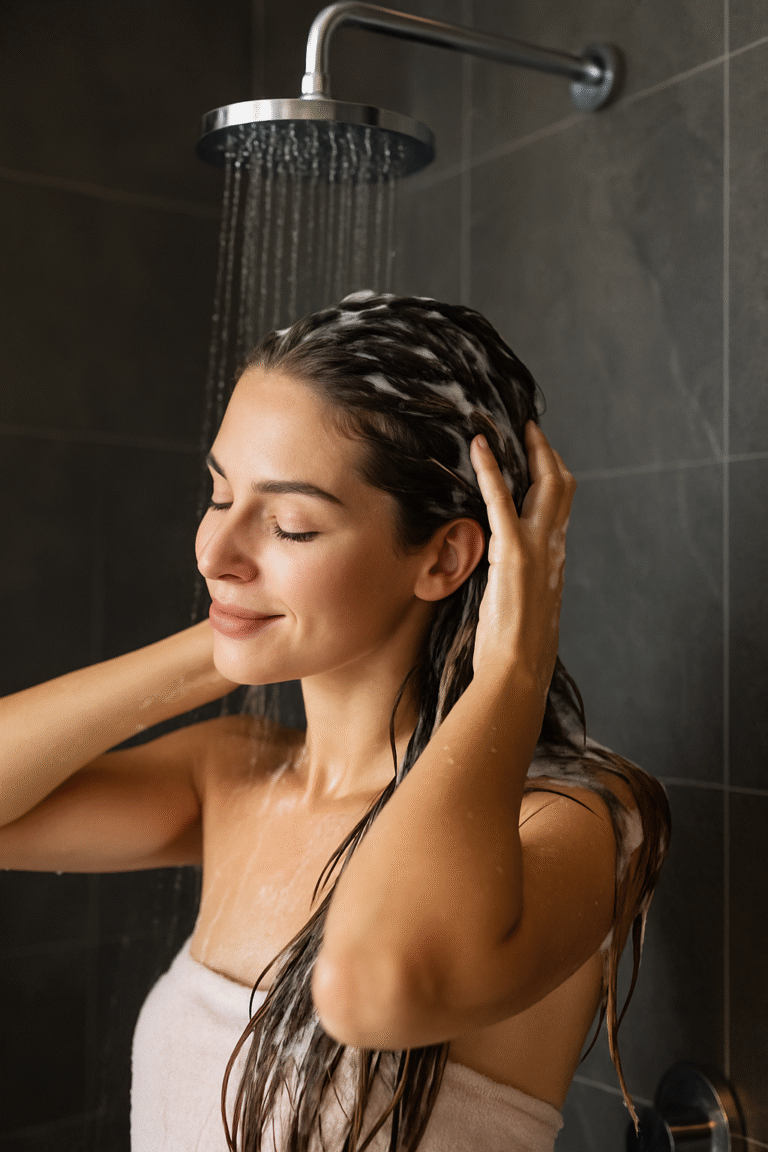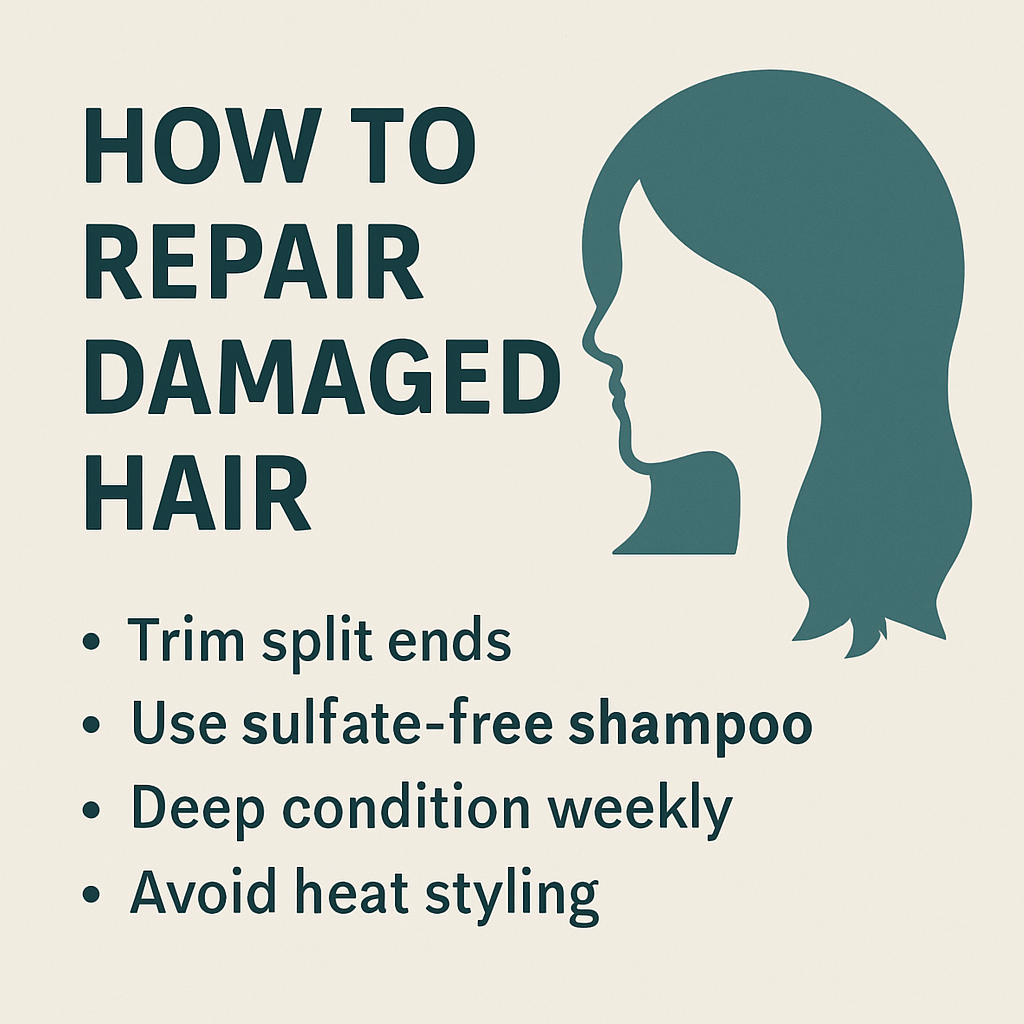How to Treat Hair Breakage at the Crown: Causes and Solutions
Hair breakage at the crown can be frustrating, especially when you’re doing your best to maintain healthy hair. Whether you’re noticing thinning, short patches, or brittle strands that just won’t grow, this issue is common — and treatable. In this article, we’ll explore what causes hair breakage at the crown, how to treat it effectively, and what you can do to prevent it from happening again.
What Causes Hair Breakage at the Crown?
The crown area is particularly vulnerable due to the tension it often experiences from hairstyles, brushing, and natural scalp curvature. Here are the most common causes:
1. Excessive Tension from Hairstyles
Styles like tight buns, ponytails, braids, or protective styles can put stress on the crown. Over time, this tension weakens hair strands and leads to breakage.
2. Heat Damage
Frequent use of flat irons, curling wands, or blow dryers directly on the crown can strip moisture and make hair brittle.
3. Product Buildup
Heavy oils, gels, and silicones can clog the scalp and weaken the roots, especially if not washed thoroughly.
4. Lack of Moisture
Dry hair is prone to snapping. The crown often receives less moisture than other areas, especially if you wear your hair up or use certain sleep styles.
5. Nutritional Deficiencies
A lack of essential nutrients like iron, biotin, or protein may lead to hair thinning and slower regrowth, especially noticeable at the crown.
6. Hormonal Imbalances or Medical Issues
Conditions like thyroid disorders or androgenic alopecia may start showing signs at the crown area. If breakage persists, consult a dermatologist.
How to Treat Hair Breakage at the Crown
Step 1: Switch to Low-Tension Hairstyles
Opt for loose buns, braid-outs, or down styles that don’t pull at the roots. Sleep in silk scarves or on a satin pillowcase to reduce friction.
Step 2: Deep Condition Weekly
Use hydrating masks containing ingredients like shea butter, aloe vera, or glycerin. Focus product application on the crown where breakage is most visible.
We also cover the best natural oils for deep hydration in this guide read here.
Step 3: Protein Treatments
If your hair feels mushy or stretchy when wet, you may need protein. Look for keratin-infused treatments to strengthen strands and reduce breakage.
Step 4: Scalp Massage and Stimulation
Use natural oils like castor oil or peppermint oil to massage the crown. This boosts circulation and supports healthy regrowth.
See our article on how to use castor oil for regrowth for a detailed routine.
Step 5: Use a Leave-in Conditioner
Leave-ins offer daily protection from environmental stressors and make detangling easier, preventing breakage from combing.
Step 6: Minimize Heat Styling
If possible, air dry your hair and avoid direct heat on the crown. If heat is necessary, always use a heat protectant spray.
Professional Treatments for Severe Breakage
If at-home care doesn’t improve the condition, consult a trichologist or dermatologist. You may be prescribed:
- Scalp treatments such as medicated lotions for inflammation or follicle stimulation.
- Laser therapy to stimulate blood flow and strengthen follicles.
- Microneedling for the scalp to encourage collagen production and hair regrowth.
- PRP (Platelet-Rich Plasma) therapy for stubborn thinning spots.
Curious about these treatments? We detail them here in our hair loss solutions guide.
Ingredients to Look For in Products
When shopping for shampoos, masks, and conditioners, prioritize ingredients that support repair and hydration:
- Hydrolyzed proteins (keratin, wheat protein)
- Panthenol (pro-vitamin B5)
- Niacinamide (improves elasticity)
- Aloe vera and glycerin (moisture)
- Peppermint or tea tree oil (stimulate scalp)
Avoid products with drying alcohols, sulfates, or heavy synthetic fragrances which may further irritate the scalp.
Daily Habits That Help Prevent Crown Breakage
- Use a wide-tooth comb and detangle from ends to roots gently.
- Sleep with your hair protected in silk/satin accessories.
- Avoid over-washing — twice a week is ideal for most hair types.
- Limit chemical processing (like bleaching or relaxers) near the crown.
- Incorporate a healthy diet rich in proteins, vitamins A, C, and E.

